Section 1
Over the past nineteen years since our inception, the Art Docent Company has researched how to best serve teaching the visual arts, culture, and the humanities to children. In the performance of this task we have continually uncovered the fact that stress in its myriad forms is in most instances a combatant to the success of children in the school setting and in many aspects of their lives.
Our position on stress has been shaped as a result of our interest, research, and studies within the fields of therapy, neuroscience and (SEDL) Social and Emotional Development and Learning. Our hypothesis is that we view these fields as they relate to stress reduction as inextricably linked and interconnected. Exerting an almost symbiotic relationship between them, ultimately contributing to homeostasis (a relatively stable state of equilibrium), and the process of keeping the body’s internal environment stable. Most scientists are in agreement today that one of the main causes of early onset adversity, which damages developing bodies and brains of children, is stress.
According to stress physiology, the study of how stress effects the body, the part of the brain most affected by early stress is the prefrontal cortex, which is critical in self-regulatory activities of all kinds, both emotional and cognitive. As a result children who grow up in stressful environments generally find it harder to concentrate, harder to sit still, harder to rebound from disappointments and harder to follow directions. This has a direct effect on their performance in school. Being overwhelmed by uncontrollable impulses and distracted by negative feelings, makes it difficult to learn even the most basic of skills. Some effects of stress on the prefrontal cortex can be categorized as either emotional or psychological: anxiety and depression of all kinds. (Paul Tough, How Children Succeed: Grit, Curiosity, and the Hidden Power of Character, 2012).
The main effect of stress on young children is that it compromises their ability to regulate their thoughts.
This has to do with a particular set of cognitive skills located in the prefrontal cortex, which are known as executive functions. Executive functions are a collection of higher-order mental abilities to deal with confusing and unpredictable situations and information. Stress levels can be gauged by the measurement of many factors such as heart rate, blood pressure, metabolism etc.; this is referred to as the allostatic load, the physical effects of having an overtaxed stress-response system.
An example from the field of educational neuroscience of how stress effects the physiology of a young person is when students are stressed and have a negative feeling about the learning environment, cortisol is released. Cortisol is a hormone that travels through the brain and body and activates defense behaviors such as fight or flight. Frontal lobe activity is reduced to focusing on the cause of the stress and to deal with it. Little attention is given to the learning task. Cortisol appears to interfere especially with the recall of emotional memories. (Sousa 2011, Kulman, Kirshbaum, & Wolf 2005, Elzinga, Spinhoven, & Everaud 2009).
Current research has evidenced that with the nature of education changing and reflecting the need to compete in a global economy we are producing a more stressful society of young learners. This may have a catastrophic effect on the overall physiology of our society in the near future if we do not adjust our procedures in education as they relate to stress management. We owe it to our children to employ preventable measures both cognitive and physiological to ensure their success and wellbeing. Their success has become our long-range goal, through the implementation and the benefits associated with exposure particularly to the visual arts that represent a more relaxed and effective way of learning.
Section 2
The Art Docent Company has evolved to be a psychologically sophisticated arts education program for children.
This elevated state of development has been attained through the contributions of innumerous scholars both in the sciences and the humanities combined, whose tireless inspiration, commitment, hypotheses, and research have formed the nucleus of our research methodology.
To illustrate this metamorphosis we will use one of our core tenets the “therapeutic effect” as it relates to the benefits associated with exposure to the arts. It is well documented that the process of making and creating art soothes and relaxes. To this end we were first committed, and then drawn to, to uncover the staggering effects brought about by what are known as stressors, ever present conditions associated with stress. These factors led to our approach of integrating subtle yet effective stress reduction and stress management techniques as an integral component of our program.
A quote from Dr. Hans Selye, an esteemed scholar and author of many books including The Stress of Life, will help demonstrate the degree to which we went to, with our research methodology concerning stress and ultimately stress reduction. “Because of my long standing interest in stress, I have accumulated over the years the world’s largest collection of publications dealing with this subject, since 1950 between 2,500 and 7,000 publications on stress have appeared each year. Of course all of the papers first have to be obtained, read, and carefully indexed before they can be useful. No one who has not done this kind of work himself can realize what it means to go through a collection which by now (1976) consists of about (110,000) scientific papers on stress and catalogue their substance so that it may be easy to find when needed. You cannot even fully digest and enjoy all the information contained in this mass of literature because time does not permit you to do more than skim through these pages with a sharp eye trained to pick out meaningful facts. But Stress and the adaptive hormones which participate in stress have inspired so many investigations that no one person could really have studied them all.”
Freud and later psychologists believed that the more the individual is free of repression and conflict, the greater is the individual’s access to his energy and hence the greater the ego strength, and the vitality and creativity associated with it. Many of these psychodynamic theorists converged on the idea that psychological conflict resolution and integration are connected to greater availability of energy to the self or vitality, whereas repression, stress, and conflict detract from it. Hans Selye (1956) in his theory of stress also discussed energy and linked it to health. He posited that every individual possesses a limited reservoir of adaption energy that is critical to the maintenance of health. Distinct from caloric energy, adaption energy nevertheless is required when an individual is faced with physiological and environmental stressors. If this energy source is depleted, the individual is susceptible to physiological damage.
I hope we have shed a degree of light upon the extent of investigation to which we at the Art Docent Company have gone to in exploring and proving the educational and scientific points and research which form the basis of our arts education program and our research methodology.
We also utilize the most technologically advanced methods of research procurement most notably represented in the fields of neuro-science, educational neuro-science, psychology, therapy, and multi-media learning.
We invite you to further investigate documentation on the effects of stress and the subtle “Stress Reduction” techniques we have incorporated into our program for the children.




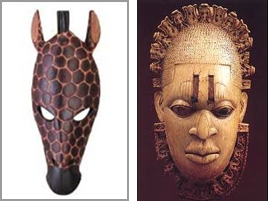












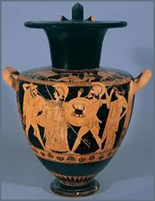
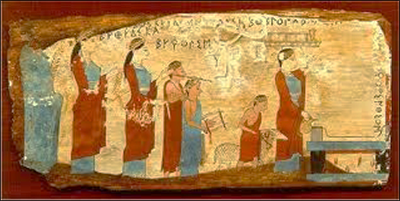
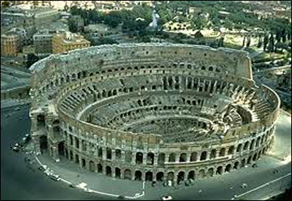

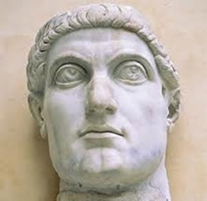
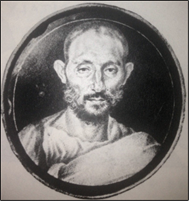




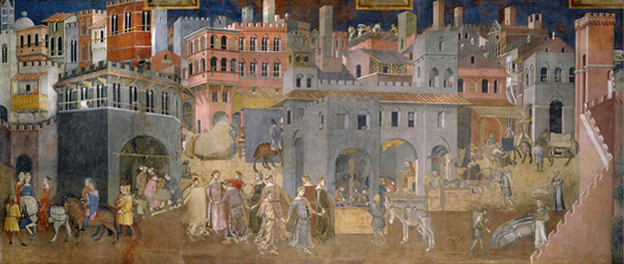











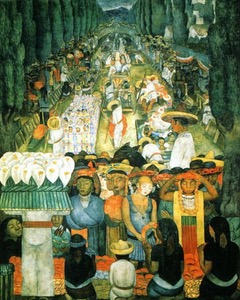
Comments are closed.